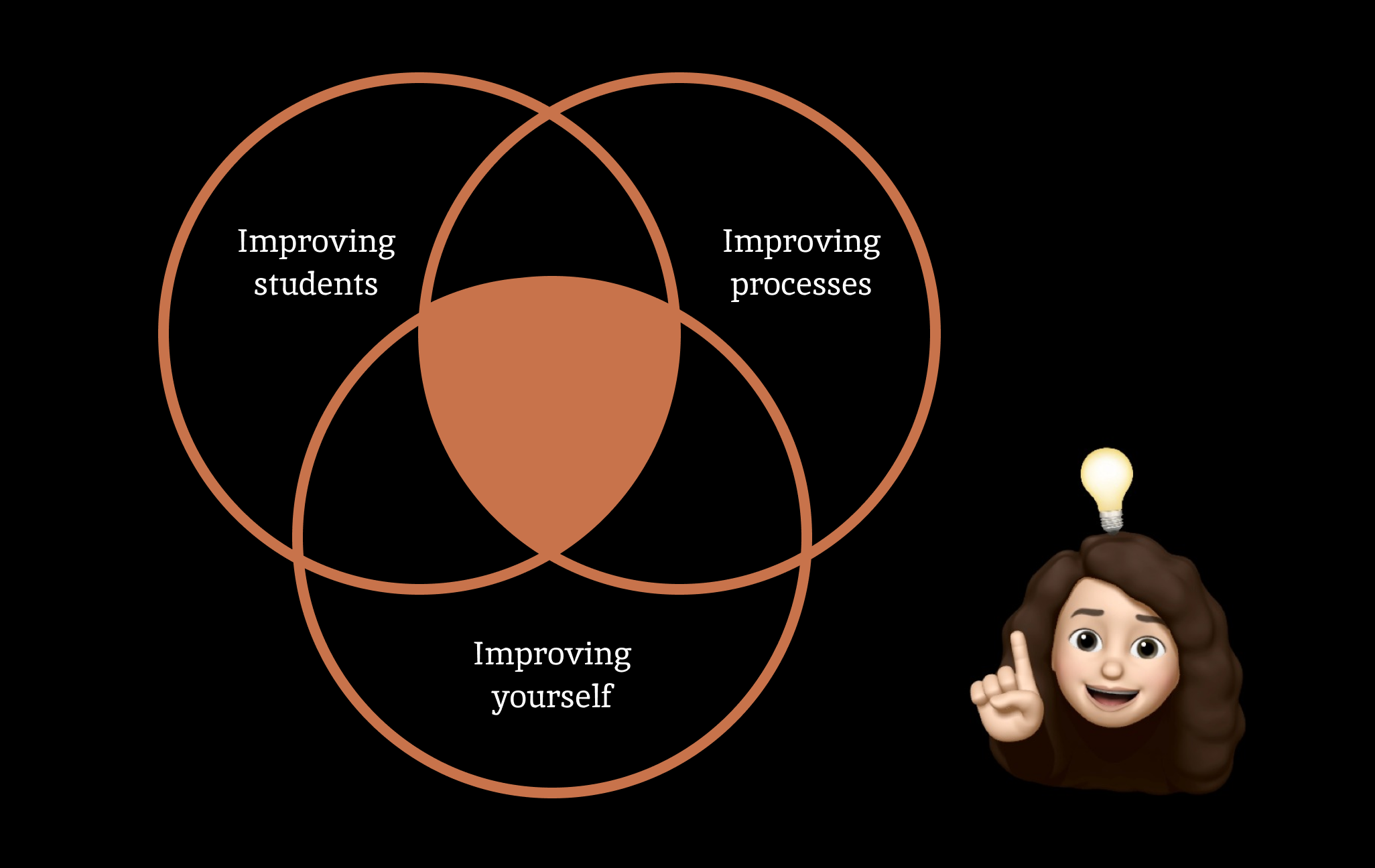General Assembly
Product Management · Teaching · Mentoring
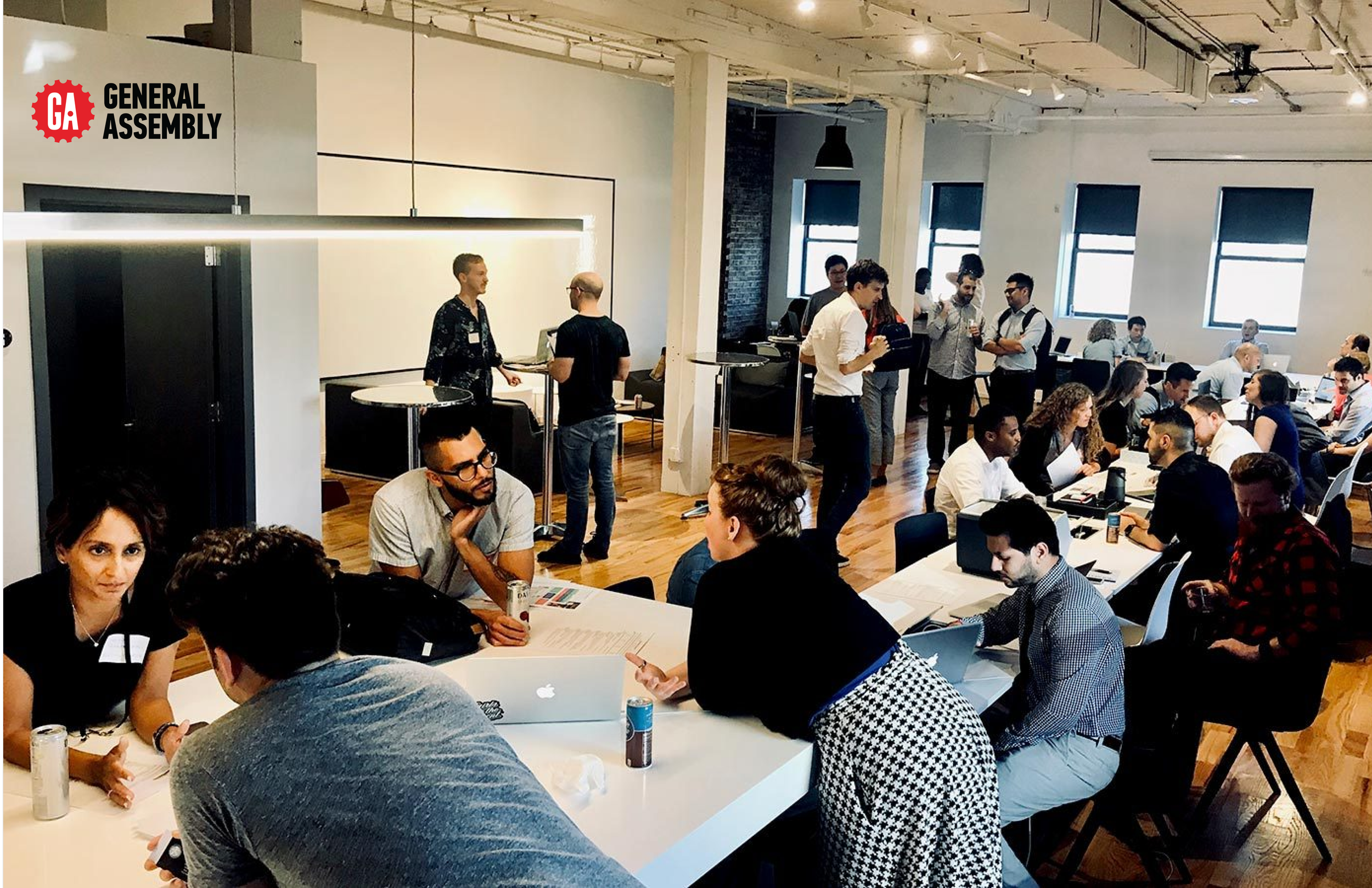
INTRODUCTIONGeneral Assembly is a global tech school offering Full time and Part-time courses in UX, Web Development, Data Analytics, and Product Management. It teaches students the skills, career advice and networking opportunities needed to make a career change into a tech role.
In the following Case Study, I will refer to a specific Product Management course I did as a TA, but I generally speaking, I would follow the same process and methodology as the rest of the courses I did. This would be a summary of the learnings I’ve got so far being a TA in my different experiences.
While I was at General Assembly, I did the UX and afterwards a Product Management course. I fell in love with the teaching process as I found it very practical, straightforward, complete and easy to follow. After doing the PM course, my Instructor offered me to be an Associate Instructor, so I could help him deliver the content I already knew, provide insights from my professional experience and help him support and mentor the students we had in the course. I thought it was a good opportunity for me for a number of reasons:
I could consolidate/practice the tools and the Design Thinking process;
Practice PM Strategy so I could manage it afterwords by myself;
Build another PM Case Study;
Learn basics on how to teach;
Learn about my student’s and Instructor’s experience
Networking
Help future students achieve their goals, sharing my experience and mentoring them.
MY ROLETeacher Assistant, Mentor, Facilitator, Technical Support.
THE TEAMJohn Steward - Instructor (Head of Governance, Product & Dev. at Gov.uk)
Myself - TA
STUDENTS42 people
TIMELINE
12 weeks
Classes were held in the evenings and on weekends, which covered the entire PM process including Research, Market fit, North-star metric, OKRs, Roadmapping, Data Analysis…
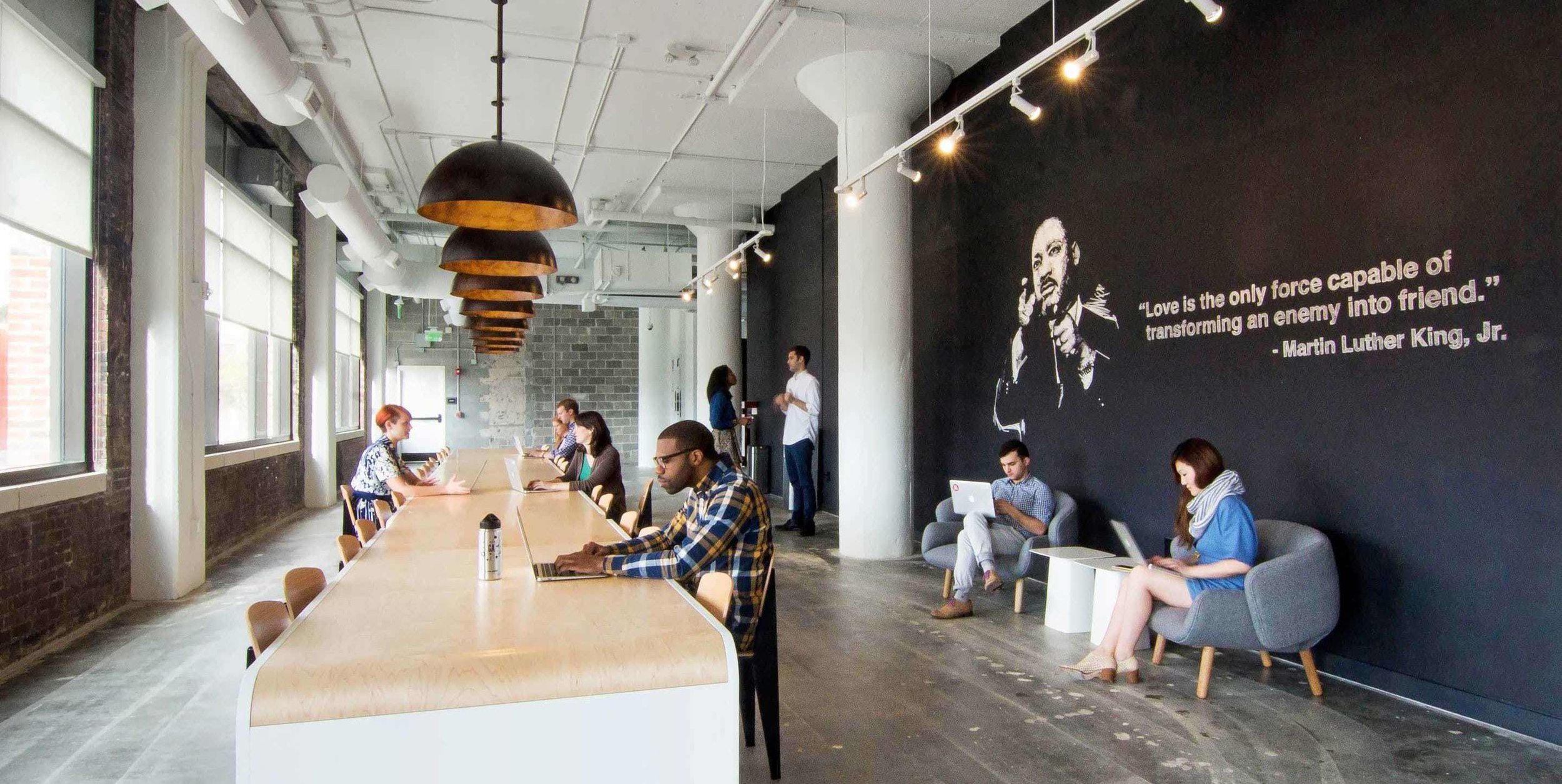
PROBLEM STATEMENT
Our Product Management students need an easy and enjoyable way to get the most out of the course regardless of their situation, by relying on the Instructor and the TA to guide them through the process and provide them with the required resources.
How might we help the students to get the most out of this course, so they can put into practice the tasks and processes that they’ve learned in real-life scenarios?
By giving them the right support and resources to help them learn the content we deliver, they’ll feel confident and prepared enough to exercise the new concepts they’ve learnt and start a new career, avoiding the lack of confidence and frustration that they get when there are knowledge gaps or they don’t know or don’t understand the process/task that needs to be done.
MY APPROACH
A lot of my students are becoming new Teaching Assistants. And, as a current TA, it’s an amazing feeling to see your students become masters of a class and help improve the next generation of learners. As more and more names popped up on my LinkedIn feed, a thought went into my head — If I were to restart my journey again, what learnings would help me create a larger impact? This case study explains my process and learnings as a TA.
When I thought about this, I decided to categorise it into 3 different buckets. Let me explain…
DIVERSE CLASS COMPOSITION
Having a course with 42 enrolled students with different backgrounds can be challenging. Some of our students faced time management difficulties, compatibility issues due to family and other jobs, language barriers, and prior knowledge gaps that made the learning journey a bit bumpy.
Representing 9 nationalities
Age range: 27 to 48
33% career changers
20% started studying after a long parental leave
30% non-native English speakers.
USER PERSONA
I would divide the student group into two main personas that I consider to be the most common profiles in the PM course:
User persona 1 - Career changer
User persona 2 - Long career pause
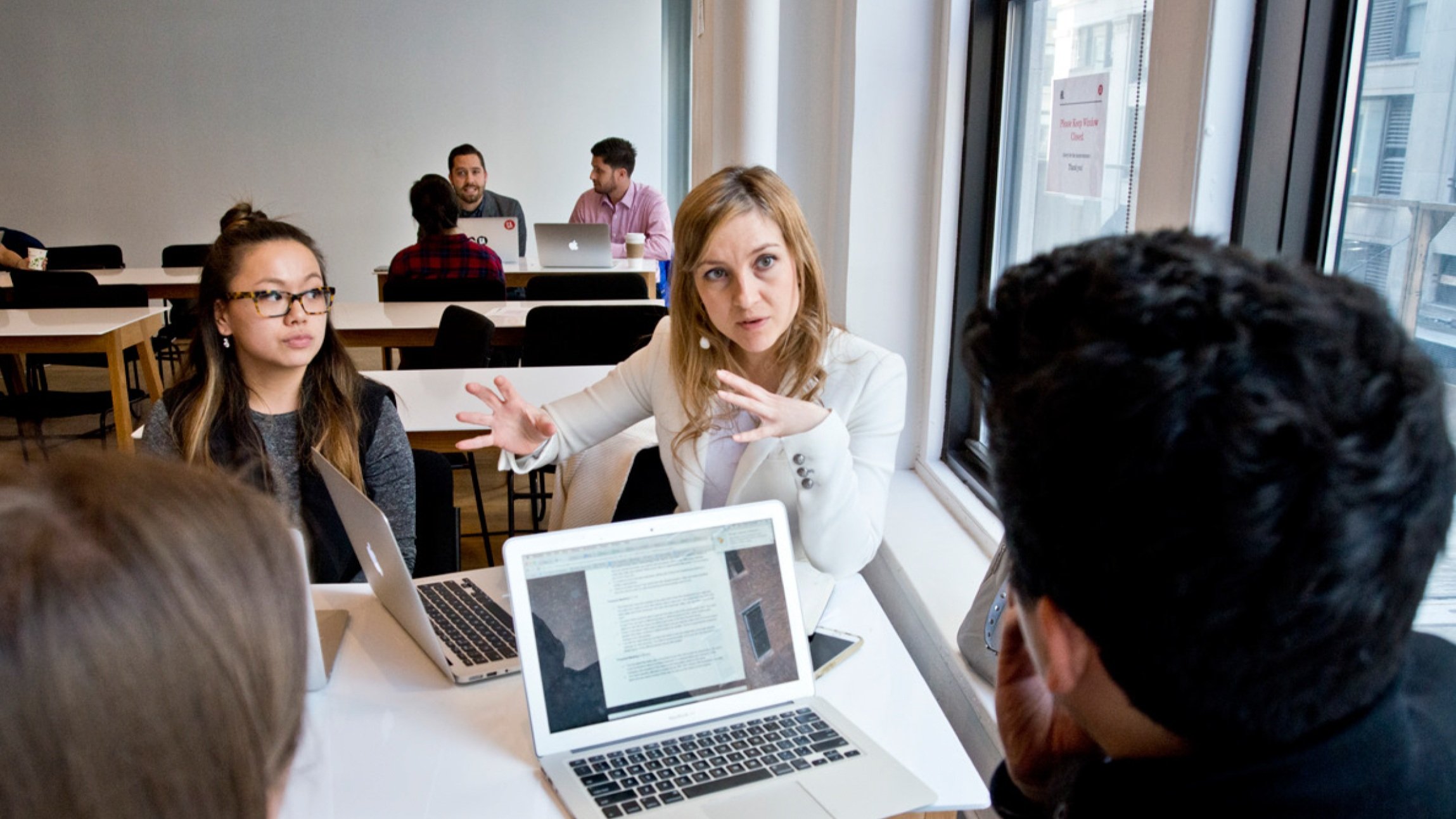
AREA 1 - IMPROVING STUDENTS
When I started the role, I tried to help students solve the exercise they were working on and stuck with them until they reached the solution.
💡 The success of a teaching assistant is not dependent on how many people you helped, it depends on whether you improved a student’s ability to think and solve problems independently.
While a student may not become independent in one or two sessions, our job is to help them consistently improve so that they feel confident about their skills and do not need us after a point. I tried to achieve this by asking the question “What do you think?” Anytime some students approached me with logical doubts so I could hear the logic they have in their minds. Based on the logic, you help them think about how to break the large problem into smaller problems. Once broken, leave them with some time to process the new information, implement the smaller problems, and come back with any further doubts/clarification. This way, you are testing the student’s problem-solving ability and helping them how to think like a developer rather than think about a piece of code.
💆🏻♀️ Students often feel scared to ask for help, a TA should create a risk-free environment to reduce/remove the fear of asking.
While there can be multiple reasons for not asking for help, a simple “Hey, how is it going” or “Do you need help?” makes a student feel like their TA cares about their progress. This creates a safer environment, where students feel that the course staff is more approachable, encouraging them to ask questions when needed.
👩🏻🏫 Teaching others is the best way to learn, ask your students to teach you a concept to master a topic.
The knowledge gap, if unaddressed, can give a false sense of confidence and could lead to future mistakes. Switching roles where the student must teach the TA about the subject can help test the learner’s knowledge and address any gaps early on — leading to lower mistakes and a better grasp of the information.
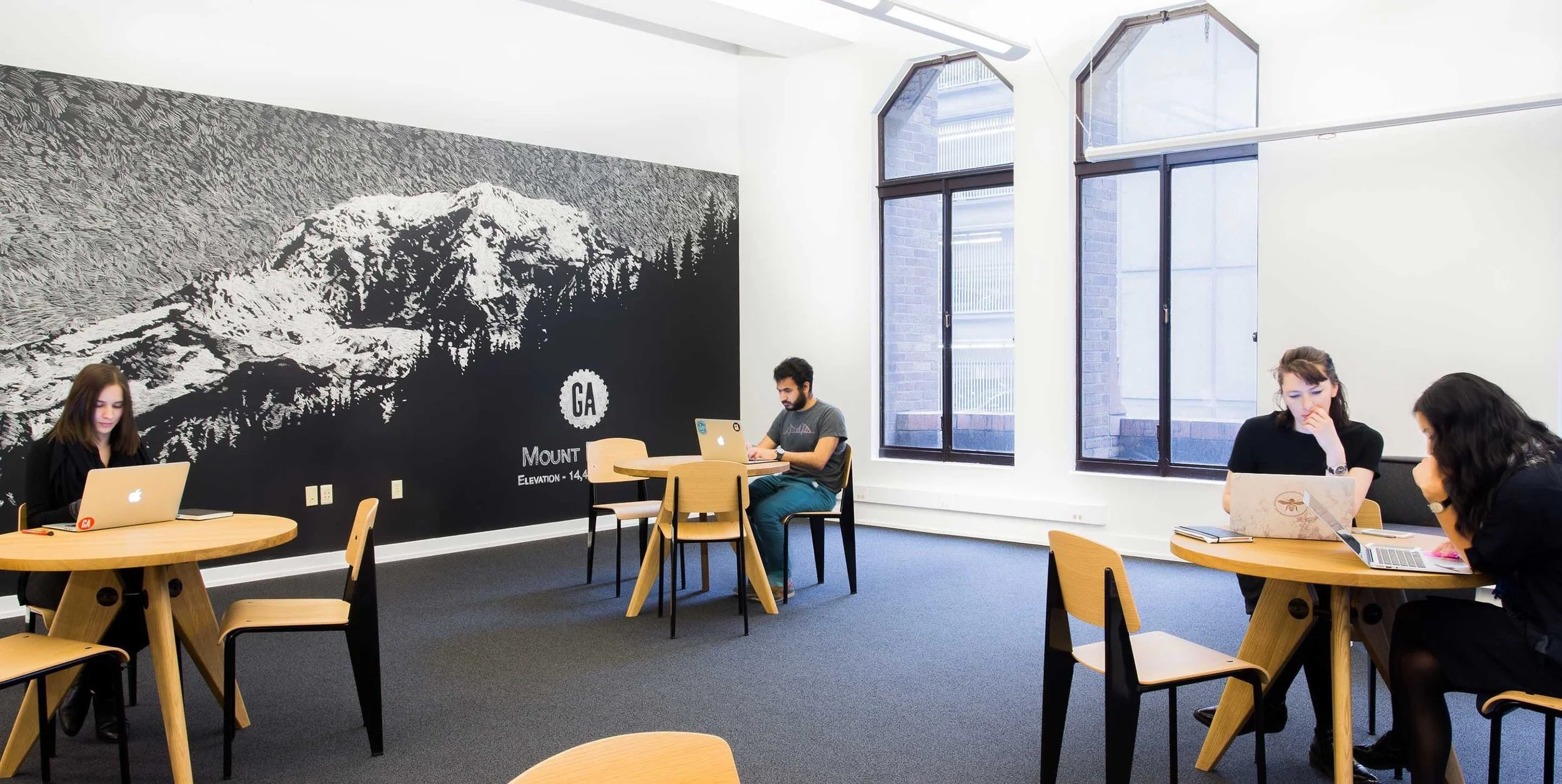
AREA 2 - IMPROVING PROCESSES
Our part-time Product Management course faced some unique challenges due to the diverse backgrounds and levels of expertise of the 42 students enrolled. These included individuals who had previous PM experience and ease of learning new topics, and others with no experience at all, a few of them were recently graduated, and others were joining the course after a long pause in their professional life. Furthermore, a few of them were foreigners, so English was not their first language.
✨ Empathising with the students will help you improve processes
We provided different workshops and materials having into account their feedback and what they needed: reinforcing specific tools, organising team buildings when they were most stressed, organising our weeks having into account their needs to stop or personal situations, and giving them the necessary free time to work.
Being a TA is ongoing work for those who look at students as their main concern and are not afraid to test, get feedback, iterate and try again to provide them with the best experience.
To gather feedback we used the following methods:
1. Surveys
As a UX Designer myself, I research our users to understand the main pain points and how may we improve their experience. We want to learn from them, so we send them a weekly survey to collect their feedback and implement changes (when possible) in the following week based on what we received.
2. Retrospective
These helped us iterate about what we did and what we could improve. It also makes you think of what went right and appreciate your own work, development and growth.
3. 1:1 meetings
We used this method - as regular check-in between students - in 2 formats:
To receive students’ feedback;
Go give feedback to the students.
Since we were 2 (1 Lead Teacher + 1 Teacher Assistant) we organised ourselves to provide precise and valuable feedback regarding their project, expanding information about matters that they were interested in by sending links/files of resources, helping them achieve their goals, coaching them by sharing my experience and mentoring them by empathising and guide them through their professional journey.
Some other ways I helped improve processes:
Always gave my feedback to professors about how we could improve certain things.
If a student requested additional help (something we weren’t allowed to offer), I’d ask the professor if I could volunteer (and they’d agree) — I once sat with a person for 5 hours to teach them concepts, and just discuss life as a senior college student. One of the moments I enjoyed as a mentor.
Encouraged students to become TAs and recommended them to professors. I have seen so many of my students become TAs and have appreciated the conversations with each one of them.
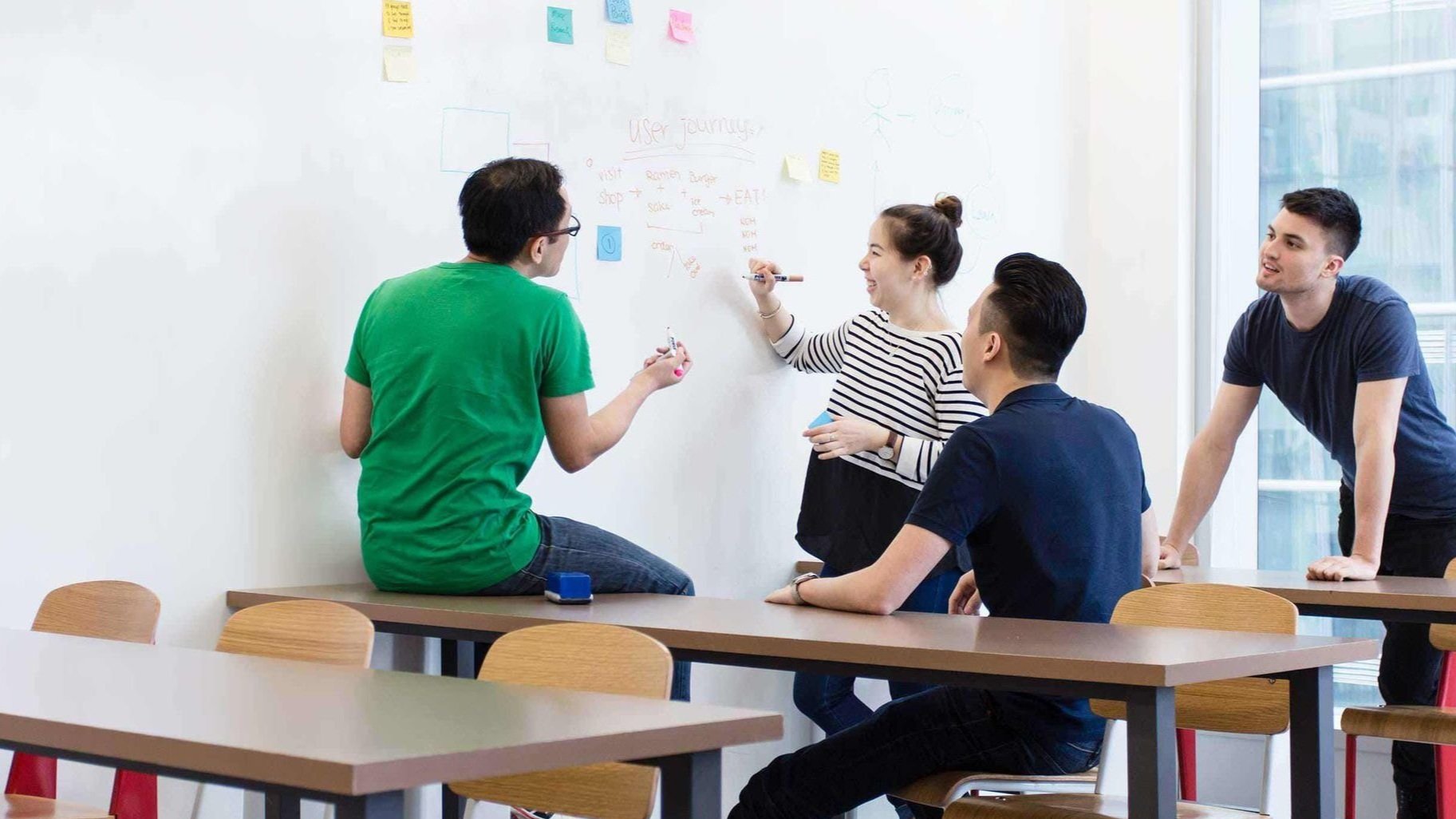
AREA 3 - IMPROVING MYSELF
While part of being a TA is assisting people, this type of help was one of the things that made the students more dependent on the TAs to solve any kind of problem, but this was only benefitting their scores and not their problem-solving ability.
🗣 Make sure your students understand you
Technical terms are often difficult to explain as students are likely to get confused about what you are talking about. This can reduce your effectiveness as a TA and discourage students from approaching you — think about it; if they don’t understand what you are saying, they are unlikely to feel that you are a helpful resource. Focusing on explaining topics effectively in the easiest way possible, creates an effective TA.
🌍 Share your stories
Various students go through imposter syndrome and think they do not belong within the field. By sharing your struggles and how you overcame them, you can help others overcome their fear. So in each review session, I shared this story and I told my students 3 specific things:
If I can do it, so can you, just need time and practice.
If you fail, don’t sit and be upset, instead learn from the mistake, and keep trying.
If you think you are stuck in a spiral, let’s have a conversation and discuss this further.
OUTCOME AND LESSONSProudly championed 42 students in the Product Management course, guiding them to a triumphant 100% success rate.
Provide support and reinforcement for teacher and lessons, introducing Product management processes, Design Thinking & key UX tools, and revision and correction of assignments.
Successfully coached 1:1 sessions with over 20 students who came from different countries and backgrounds, and worked at companies like Google, Meta, Accenture and British Airways among others.
Lead UX 50% of content delivery and provide resourceful material to students to dig deeper into the subject.
Implemented a new platform for school resource organisation and developed a process for homework delivery, reducing the number of tools used by 80%.
Handled three students’ concept problems successfully by providing individual counselling services after school.
My students regarded me as an engaging and resourceful TA through the staff feedback form of GA. Students approached me and thanked me for my efforts.
Despite these achievements, I loved every part of this journey. It is very rewarding to see the growth and learning of the students and see how their confidence grows at every presentation they do. Being part of their learning experience and making a positive impact in their life is what gives me joy, and that’s why I believe I’ll keep doing it.
So far I’ve met amazing people, some of them I consider friends now. I feel very grateful for this opportunity that was given to me, as I continue to learn and grow in every course I assist!
